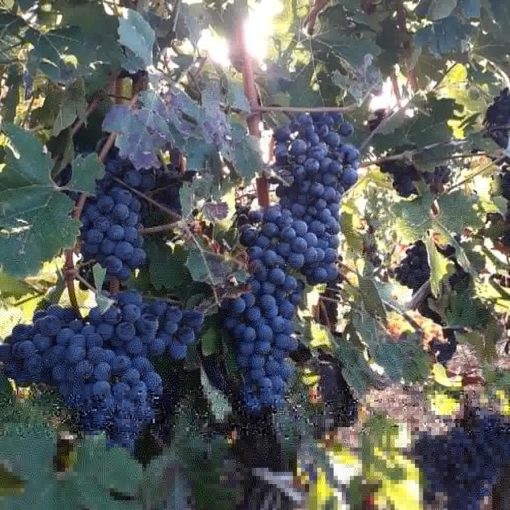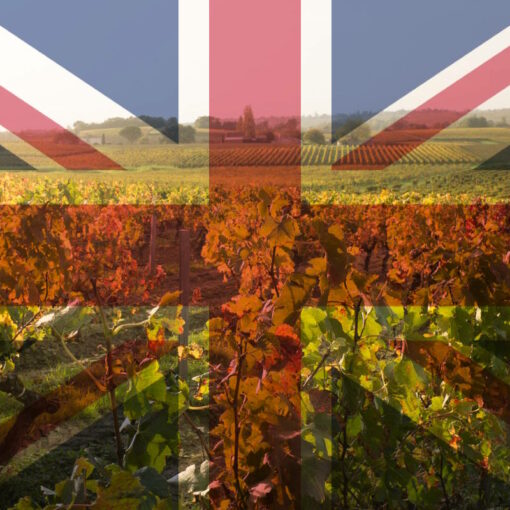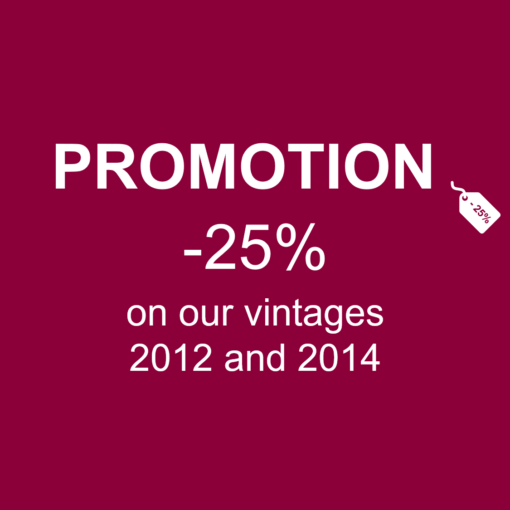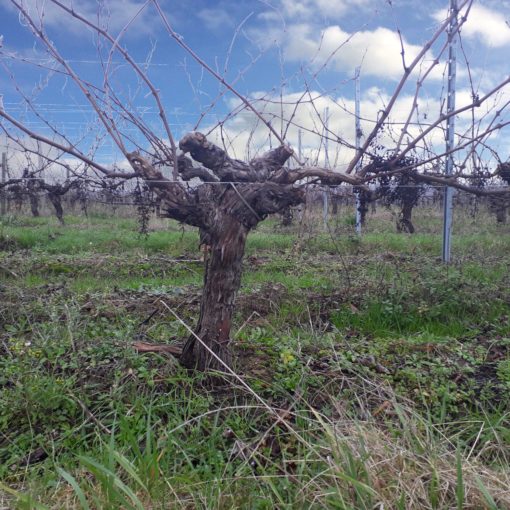During the winter, even though the vines are resting, activity at the Château de Musset and Château Chêne-Vieux doesn’t stop. Among other things, we received the barrels we had ordered for this year. We can now age the 2020 vintage harvested last September, as both fermentations (alcoholic and malolactic) are behind us. The wine will spend a year in barrels. During this period, part of it will disappear. This is poetically called “the angel’s share,” but in reality, it’s evaporation or absorption by the barrels. To avoid too much contact between the wine and oxygen, we periodically top up the barrels to their maximum level by adding the same wine stored in the wine cellar. This is called “topping up.”
THE WINE’S TRANSFORMATION
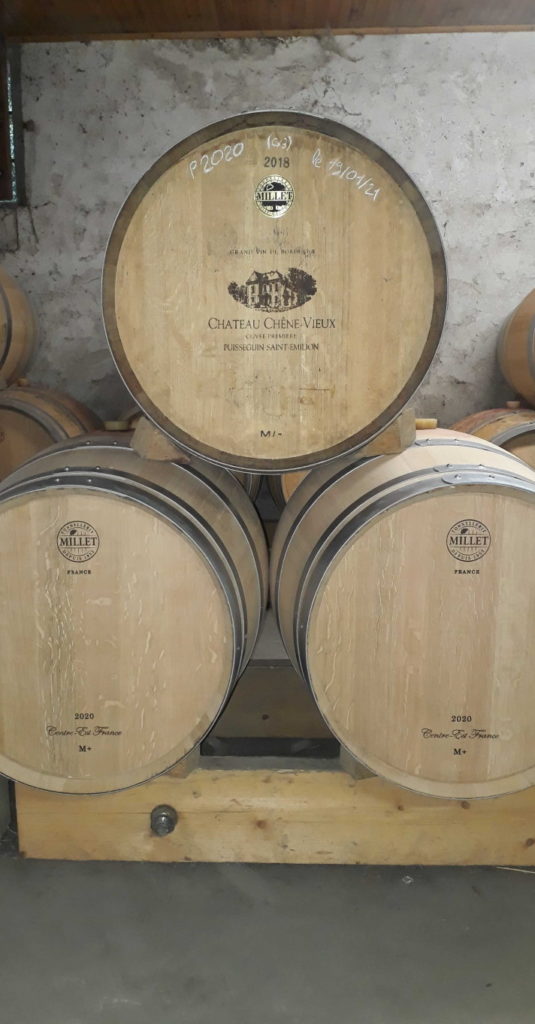
The wine will significantly transform during barrel aging. Among the benefits we seek are:
- Improvement of its aging potential, thanks to micro-oxygenation that occurs through the “porosity” of the barrel, allowing the wine to stabilize and be conserved for a longer period. We previously discussed the role of oxygen in wine aging in June 2020.
- Specific characteristics in taste brought by the contact with wood: a softening of the wine, making it rounder and less tannic, as well as the addition of woody aromas that depend directly on the type of oak used in the barrel’s construction.
It’s a true balance between the wine and the barrels that must be achieved, which is why aging is not suitable for all wines.
These contributions lead us, on one hand, to reserve the barrel-aged wine for our first cuvée, the one you can order from our website, and on the other hand, to renew the barrels every three years, as after this period, the benefits are more limited. We renew one-third of our barrels each year, which we order from two local cooperages: Darnajou and Millet. The old barrels are sold, mainly to producers of brandy like Armagnac, where they can be used for longer aging.
BARREL MANUFACTURING
The barrels are made from French oak staves, sourced from sustainably managed forests by the National Forestry Office (ONF). These staves are then worked into thin, rectangular planks called “douelles” which are assembled into barrels using iron hoops. They are initially heated to finalize the shape of the barrel.
Next comes the toasting process, where the barrel is exposed to flame for a specific duration and intensity unique to each cooper, a true artisanal know-how and secret of manufacturing. This stage reveals the aromas from the wood that will be transferred to the wine. Finally, the barrel is finished with its definitive steel bands, bottoms, and the cooper’s signature, along with the toasting level used. We use barrels with Medium “M”, Medium Plus “M+”, and occasionally Medium Minus “M-” toasts, each imparting different aromas to the wine: vanilla, spices, toasted, smoky, or roasted coffee notes depending on the toasting level.
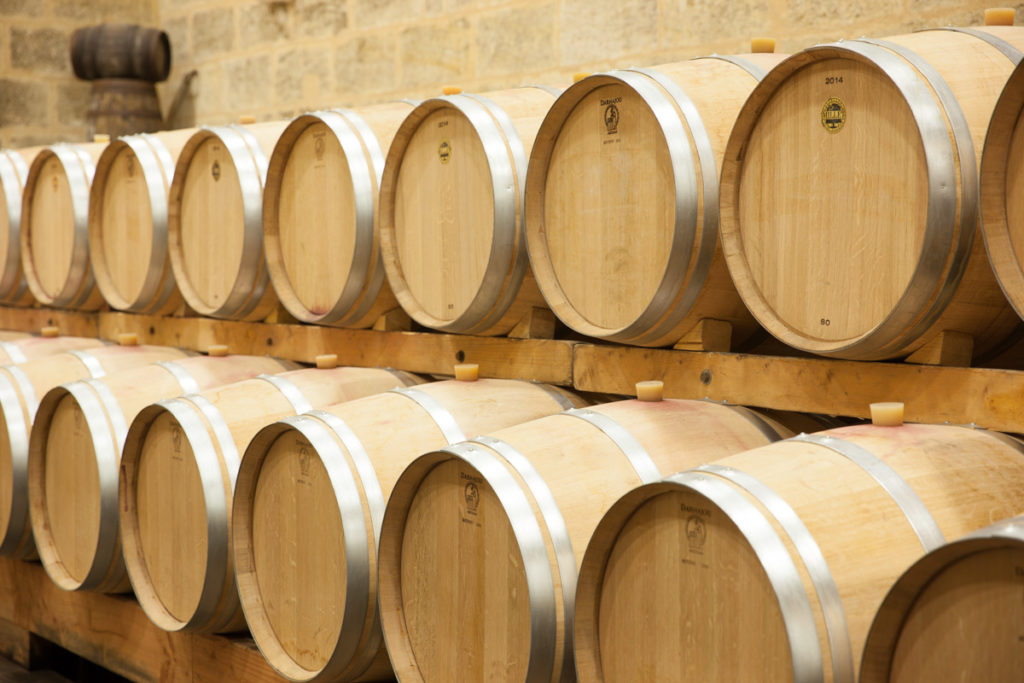
THE ANGLO-SAXON HERITAGE
As for their capacity, Bordeaux barrels hold 225 liters. This is certainly no coincidence, as it equals exactly 50 gallons, the capacity measure used in Anglo-Saxon countries like Great Britain. In fact, this is a preferred commercial destination for Bordeaux wine since the marriage of Eleanor of Aquitaine in 1152 to Henry II Plantagenet, future king of England. Aquitaine thus came under English rule and remained so until the end of the Hundred Years’ War. Even though a new chapter in this commercial relationship is being written with Brexit, which we discussed in 🇫🇷 January 2021, we also inherited the practice of packaging wine in 6-bottle packs of 75 cl, which is exactly 1 gallon! You can find them on our online store.
